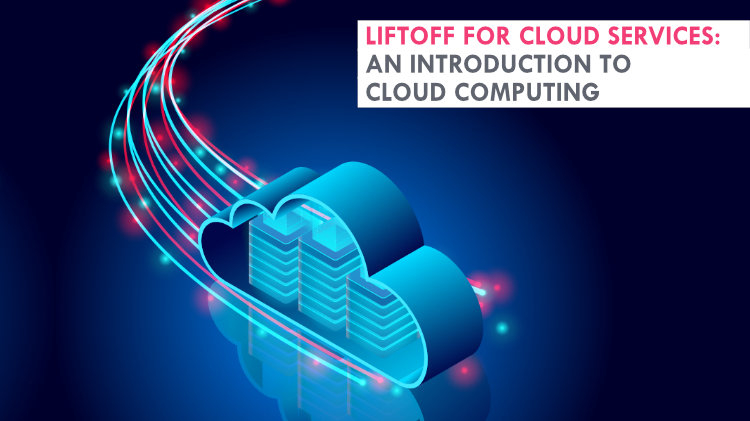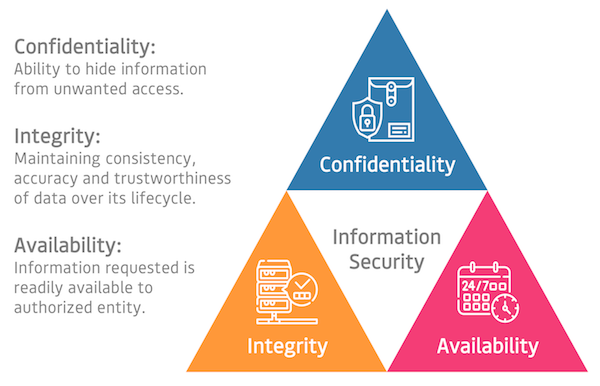
Planning an IT project in 2022 is unthinkable without considering cloud computing and the opportunities it offers. Everyone involved in project planning must be familiar with cloud technology and its implications for their business.
But why are companies moving to the cloud in the first place? Certainly, reducing infrastructure costs and increasing scalability were early drivers, but as technologies mature, these services now offer cloud native development tools that help to bring solutions to the market that result in both business and revenue growth. As a result, IT is no longer just a cost center in the corporate organization, it is also becoming a profit center, a real productive force.
To get the most from your cloud migration, you need to understand the providers, features and tools available. In a series of articles, we will explore these issues, starting with the main characteristics and uses of cloud services. For the most part, we will be using the approaches and terminology of Amazon Web Services (AWS), one of the world's prominent cloud providers.
Several definitions of cloud computing exist, but they are all similar in that they describe it as covering these aspects:
- on-demand, self-service capabilities
- resource sharing
- flexibility and scalability
- performance measurement and reporting
- wide accessibility
- built-in IT security
When you have familiarized yourself with the key characteristics of cloud computing and what it can do, you need to consider where you wish to use a particular cloud service, i.e., the corporate, industrial or institutional environment. The following must be taken into account: availability and reliability, scalability, optimization of resource needs, security, and business continuity.
Availability and reliability
High availability is a key feature of cloud computing platforms, and cloud service providers offer a range of services in multiple geographical regions that provide full redundancy, including connectivity to the network. With AWS, for instance, within a region there are the so-called Availability Zones (AZs) which are interconnected by a high-speed optical network, enabling customers to run applications and databases that are more readily available, more fault-tolerant and more scalable than in a single data center. In such an environment, in the event of a failure, applications automatically switch between AZs without interruption. Service continuity can be further improved by replication between regions.
Scalability
The ability of an IT resource to handle increasing or decreasing demands, i.e., scalability, is one of the central features of cloud computing. Your company’s IT systems can scale up or down to meet seasonal, project, growth or other needs. By introducing scalability, you allow resources to increase or decrease as traffic or organizational operations change, enabling them to adjust without having to make expensive and cumbersome changes to your existing IT systems.
Scaling to the cloud means huge flexibility, saving your company time and money. In a traditional on-premise data center, professionals plan their maximum capacity requirements and buy everything upfront: if they overestimate, they also pay for unused resources, and if they underestimate, they do not have the services and resources they need to operate efficiently. Cloud computing, however, uses a pay-as-you-go model: companies get the capacity they need, when they need it, and simply pay based on usage. Those unfamiliar with cloud services may be alarmed by this pricing model and the issue of cost estimation. While it is a valid concern, there are ways to calculate and keep down costs, which we will discuss in a later article.
Optimization of resource needs
With cloud computing you can further optimize your costs by improving the efficiency of your data storage policy. Most of the data that business entities store is needed for different processes, but in very few cases do you need all of your data at all times. Smart cloud engineering and a supporting application enable you to store your data in a more cost-efficient way than traditional hardware. Every time, you can immediately categorize the data you need, determine which data is needed for reporting or archiving needs, or where slower data retrieval is appropriate. This feature has great cost-saving potential for TSOs, DSOs, DataHubs, or any energy market entity that deals with high granularity time series data (e.g. second- or minute-level measuring data).
Security
One of the cornerstones of cloud computing is security, the efforts made to secure the data, applications and infrastructure used in the cloud - including policies, technologies and controls. Large service providers try to ensure that their toolkits are transparent, secure, and controllable and well-regulated for their clients.
Security solutions in the cloud are provided according to the so-called CIA triad: confidentiality, integrity, and availability - a model commonly used as the basis for the development of security systems. Each one of the three standards addresses the issues of identity and access management, as well as incident management, with integrity and availability sharing more similarities in that they both also cover logging and monitoring, event management, infrastructure security, and data protection and data encryption.

Business continuity
The security and preservation of your enterprise’s data assets as well as the related tasks of archiving and disaster planning are essential, whether you keep your data and applications in the cloud or on premises. Moving business continuity to the cloud, however, offers several benefits over traditional business continuity solutions, e.g. improving customer BCP (Business Continuity Plan) and reducing the business impact of incidents through downtime elimination, disaster recovery (backup management and geographic redundancy), increased availability, and decreasing DDoS (Distributed Denial of Service) attacks.
Deciding to implement a cloud solution for your IT project is a major step, but there is a lot to consider if you want to make sure that it is a step in the right direction. If you want your cloud migration to succeed, understanding the concepts above will give you a good foundation. But as you know, IT decisions are never just about technology; there are other aspects you need to take into account. We will go into each of them in more detail in further articles.
In the second part of our series we will take a look at business requirements and the expectations of related business areas.




